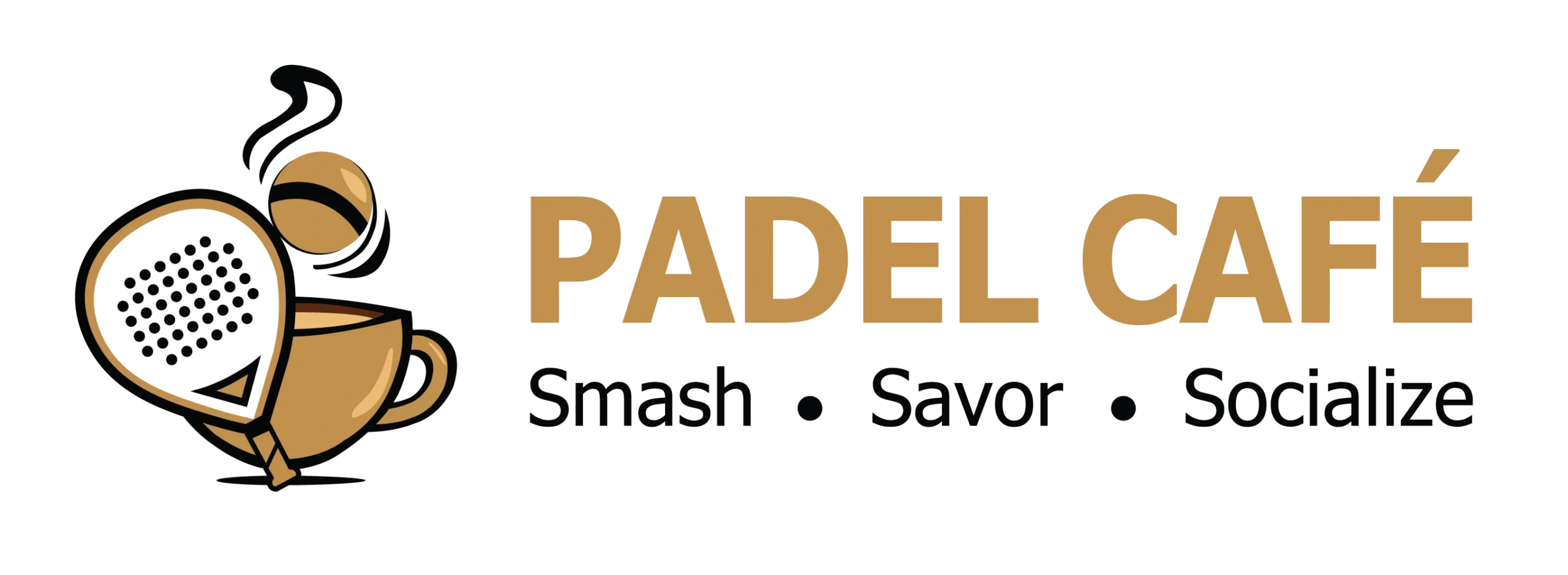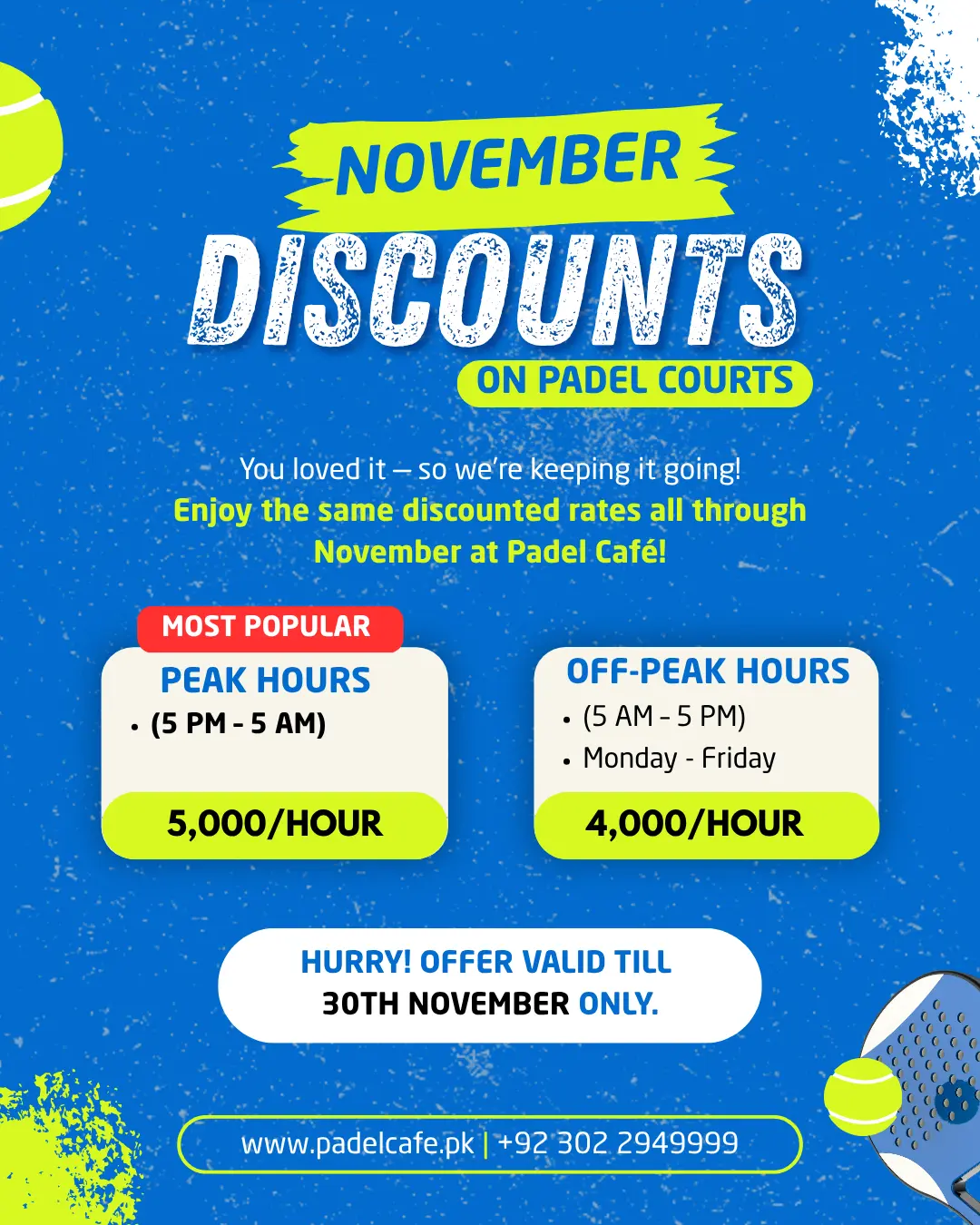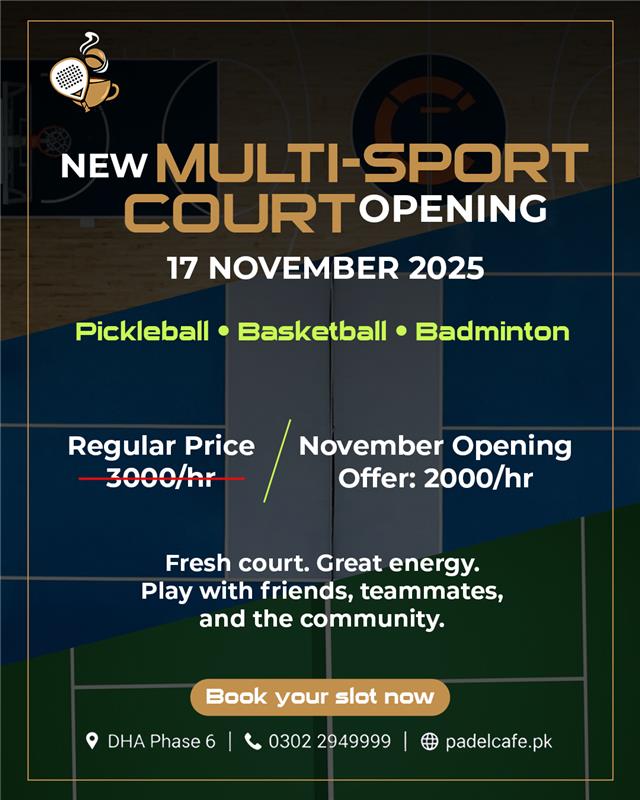For every pickleball lover, there’s always another game waiting to be served.
If you’ve ever played pickleball, you would definitely know what it feels like to be on the court while holding the racket. The thrill, excitement, fear of missing the shot, etc., all give you a rush that becomes a lasting experience for you.
No wonder pickleball is exploding in popularity. But let’s not limit ourselves. Today, there are several other racket sports that have successfully earned the attention of the sports community. After all, a racket, a ball, and a court are something that instantly excites a sports enthusiast, especially a racket sport lover.
So, what other racket sports can you play other than pickleball? In this article, we discuss some of these alternatives to pickleball that people today are actively playing. Let’s begin with a quick recall of the pickleball sport itself.
Pickleball: The Basics
Pickleball is a fast-growing paddle sport that blends elements of tennis, badminton, and ping-pong. Played on a smaller court with a perforated plastic ball and lightweight paddles, it’s known for being easy to learn yet highly engaging for all ages. Pickleball can be played indoors or outdoors, in singles or doubles, making it both social and competitive. Its simple rules, quick rallies, and fun pace make it one of the most inclusive sports today.
Key Features of Pickleball
The following are key characteristics of pickleball. Knowing these will help you understand the difference between this game and other racket-based sports.
- Court Size: 13.41m x 6.09m, with a 7-foot non-volley zone (“kitchen”) on each side of the net.
- Net Height: 36 inches at the sidelines and 34 inches at the center.
- Ball Type: Lightweight plastic ball with 26 holes for indoor play or 40 holes for outdoor play.
- Racket Type: Solid paddle made of graphite, composite, or wood — larger than a ping-pong paddle but smaller than a tennis and padel racket.
- Play Style: Can be played singles or doubles, indoors or outdoors, usually to 11 points (win by 2).
Best 5 Alternatives to Pickleball
Now, let’s move on to exploring the different alternatives to pickleball that can help sports lovers stay active and have fun simultaneously.
1. Padel
Padel is one of the most exciting alternatives to pickleball. It’s a sport that successfully blends elements of two other racket-based games — tennis and squash. Padel is a game that’s almost always played in doubles in an enclosed court with glass walls and uses a solid paddle.
Key Characteristics
- Padel Court Size: 66 ft × 33 ft (20 m × 10 m), enclosed with glass and metal mesh walls.
- Net Height: 34 in (0.88 m) in the center, 36 in (0.92 m) at the sides.
- Ball Type: Smaller than a tennis ball but with slightly lower pressure.
- Racket Type: Solid, stringless racket with holes, made from composite materials.
- Play Style: Always played doubles, using walls for rebounds; matches are best of 3 sets.
What Makes It Special?
What makes padel so fun is the bounce off the walls, longer rallies, and that team spirit. The game is an all-inclusive sport and remains accessible for players of different skill levels. While pickleball emphasizes simplicity and ease of entry, padel gives you that extra boost of action.
2. Badminton
Badminton is the next fantastic alternative to pickleball. This game is less about walls and more about speed, shuttlecock placement, and hand-eye coordination. Badminton ranks among those similar in feel to tennis and pickleball.
Key Characteristics
- Court Size: 44 ft × 20 ft for doubles (17 ft wide for singles).
- Net Height: 5 ft (1.55 m) at the posts, 5 ft 1 in (1.524 m) in the center.
- Shuttle Type: Feathered or nylon shuttlecock, not a ball.
- Racket Type: Lightweight frame with tightly strung synthetic strings.
- Play Style: Singles or doubles; played to 21 points per game, win by 2.
Why It’s Great?
The best thing about badminton is that you don’t need a large court. You can play singles or doubles. What’s more, this game is easier to play just about anywhere — all you need is a racket, a shuttlecock, a net, and an open space, and you’re good to go. It’s ideal if you want to keep things active, with high bursts of movement and quick returns.
3. Squash
Another one on the list of alternatives to pickleball is squash. Squash offers fast-paced wall-court work, excellent cardiovascular benefits, and serious fun. Squash appears in lists of racket sports similar to tennis and padel.
Key Characteristics
- Court Size: 32 ft × 21 ft (9.75 m × 6.4 m), fully enclosed by four walls.
- Net Height: No net — the play is against the walls.
- Ball Type: Small hollow rubber ball, available in varying bounce speeds (dot colors).
- Racket Type: String racket, lighter and smaller than tennis (up to 27 in long).
- Play Style: Singles or doubles; fast rallies and wall rebounds define the game.
Why Play It?
The beauty of squash lies in its intensity and focus. Played in a closed court, it’s just you, your opponent, and a fast-moving ball rebounding off four walls. You don’t need much space, but you do need quick reflexes, stamina, and strategy. It’s perfect for those who love fast-paced indoor action that challenges both the mind and body.
4. Table Tennis
When you need something indoors or low-impact, Table Tennis (ping-pong) is an excellent pick. You may not find yourself sprinting across a court. However, it will still sharpen your reflexes, engage your mind, and make your body more active.
Key Characteristics
- Table Size: 9 ft × 5 ft (2.74 m × 1.52 m), divided by a 6-inch (15.25 cm) net.
- Ball Type: Lightweight 40 mm celluloid or plastic ball.
- Racket Type: Small wooden paddle with rubber coating on each side.
- Play Style: Singles or doubles; played indoors to 11 points per game.
- Unique Feature: Requires quick reflexes and spin control rather than power.
Why It’s Worth?
Table tennis brings the same thrill to the court — but in a compact, indoor setting. Quick serves, fast reflexes, and sharp focus define every rally. You only need a table, paddles, and a lightweight ball to get started. It’s perfect for homes, offices, or clubs where space is limited, but the competitive spirit runs high.
5. Tennis
Another great racket sport that keeps players active and engaged at the same time is tennis. This one is a timeless sport loved for its mix of power, precision, and strategy. Tennis is usually played in singles or doubles on a rectangular court.
Key Characteristics
- Court Size: 78 ft × 36 ft for doubles (27 ft wide for singles).
- Net Height: 3 ft (0.91 m) at the center.
- Ball Type: Pressurized rubber ball covered with felt.
- Racket Type: Strung frame made from graphite or carbon fiber, about 27 in (68 cm) long.
- Play Style: Singles or doubles; matches scored in sets (6 games per set).
Why Play It?
Tennis is a classic sport that balances power, precision, and endurance. Whether you’re playing singles or doubles, the open court gives you space to move freely and strategize every shot. It’s a fantastic way to stay fit while enjoying friendly or competitive matches under the sun.
Summing Up
Staying active doesn’t mean sticking to one sport. Whether it’s the fast rallies of tennis, the wall rebounds of padel, or the quick reflexes of table tennis, each game brings its own kind of fun and fitness.
The best part? You can choose what fits your energy, mood, or space. Sports like these keep you moving, laughing, and connecting with others — all while giving your body a great workout. So, grab your gear, call a friend, and try something new. You might just find your next favorite way to stay fit and happy!
Frequently Asked Questions
Are these alternatives as easy to learn as pickleball?
Yes. Many of the sports listed use underhand serves, smaller courts, or simpler rules, making them accessible for beginners and fun from the start.
Do I need special gear to try padel, badminton, or table tennis?
Not much. A basic paddle or racket, appropriate shoes, and access to a court are often enough to begin and enjoy your first games.
Which alternative sport is best for mixed-age or beginner groups?
Soft tennis, touch tennis, and table tennis are especially beginner-friendly and work well for mixed-age groups thanks to a lighter pace and simpler play.
How can I find a court or club for these sports in my area?
Search online for “padel courts near me”, “badminton club”, “table tennis club”, etc., check local sports centers and ask what sessions are beginner friendly.




0 Comments